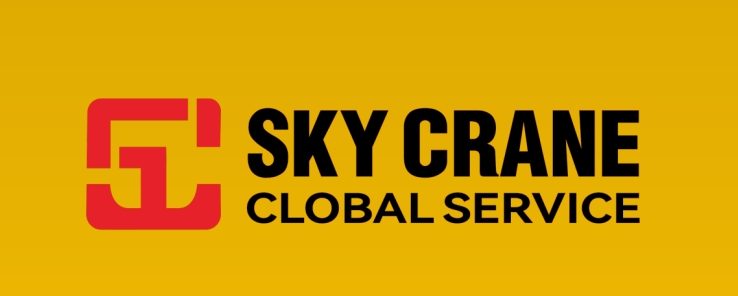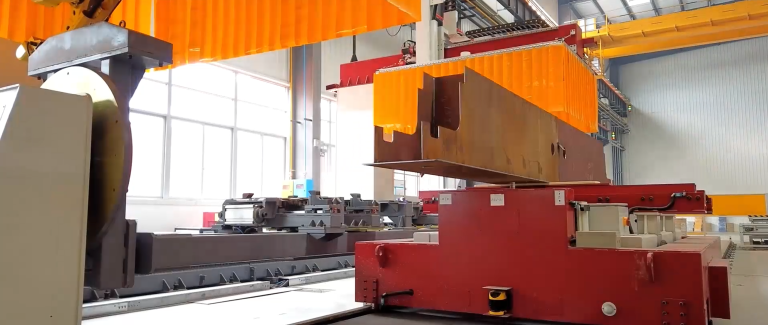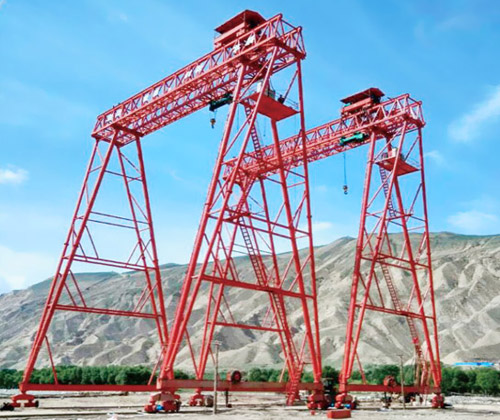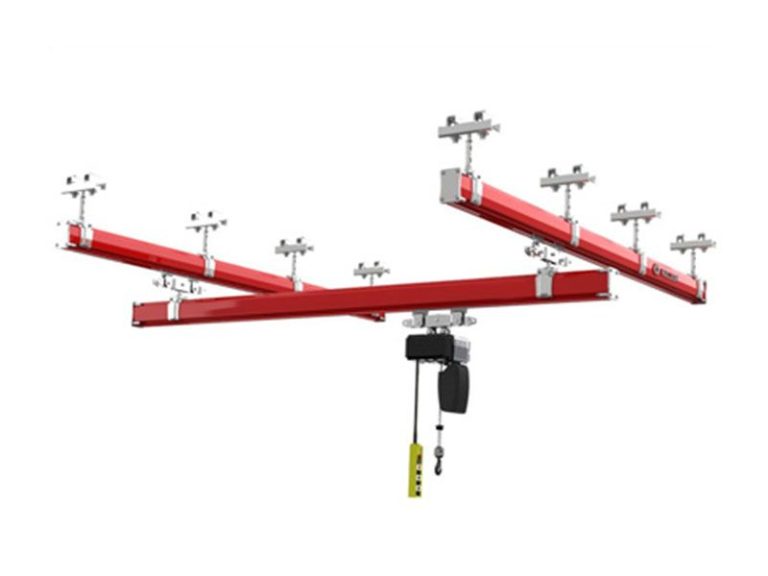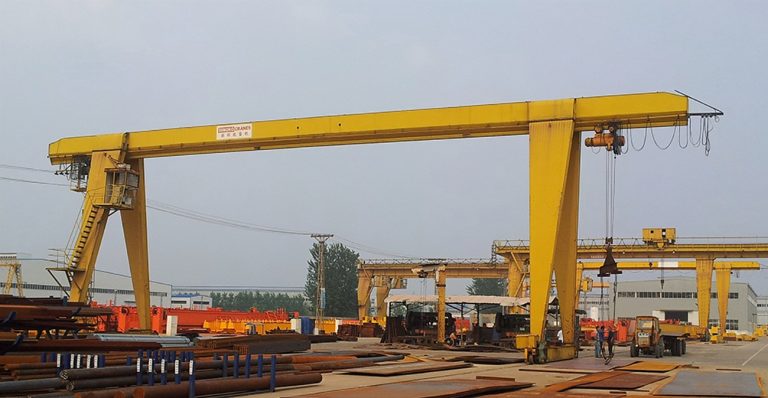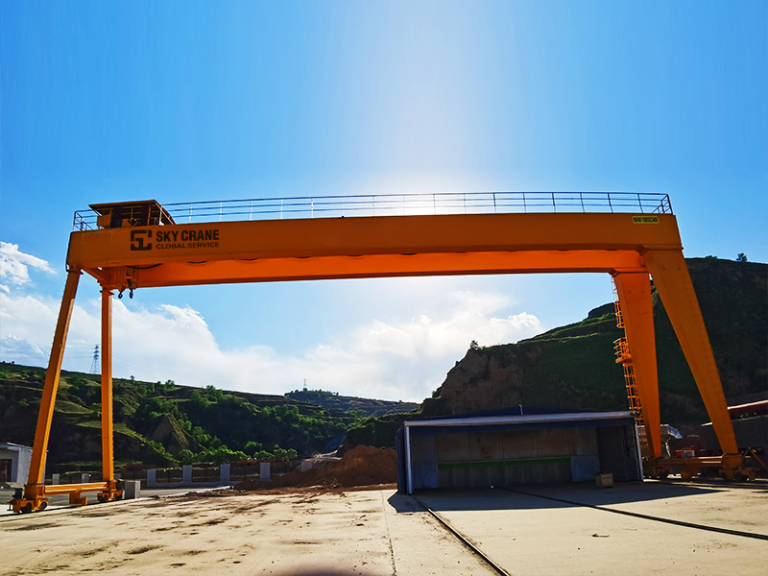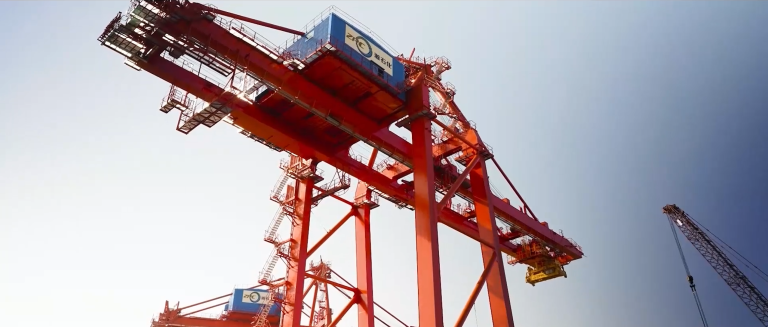Table of Contents
Benefits of Using Manual Single Beam Cranes in Custom Maker Workshops
Manual single beam cranes are an essential tool in custom maker workshops, providing a versatile and efficient solution for lifting and moving heavy materials. These cranes offer a range of benefits that make them a valuable asset in any workshop setting.
One of the key advantages of using a manual single beam crane in a custom maker workshop is its versatility. These cranes can be easily maneuvered to lift and transport materials of various shapes and sizes, making them ideal for a wide range of applications. Whether you are working with large pieces of wood, metal, or other materials, a manual single beam crane can help you safely and efficiently move them around your workshop.
In addition to their versatility, manual single beam cranes are also highly efficient. With a simple design and easy-to-use controls, these cranes allow you to quickly and easily lift and lower materials with precision. This can help you save time and effort in your custom maker projects, allowing you to focus on the creative aspects of your work rather than struggling with heavy lifting tasks.

Another benefit of using a manual single beam crane in a custom maker workshop is its cost-effectiveness. Compared to other types of lifting equipment, manual single beam cranes are relatively affordable and require minimal maintenance. This makes them a practical choice for small workshops or businesses with limited budgets, allowing you to enjoy the benefits of a crane without breaking the bank.
Safety is another important consideration when working with heavy materials in a workshop setting. Manual single beam cranes are designed with safety in mind, featuring sturdy construction and reliable lifting mechanisms to ensure that your materials are lifted and moved securely. By using a manual single beam crane in your workshop, you can reduce the risk of accidents and injuries, creating a safer working environment for yourself and your employees.
In addition to their practical benefits, manual single beam cranes also offer a range of ergonomic advantages. These cranes are designed to be easy to operate, with ergonomic controls and adjustable features that allow you to customize the crane to suit your specific needs. This can help reduce strain and fatigue on your body, allowing you to work more comfortably and efficiently in your workshop.
| Number | Product Name |
| 1 | LD electric single beam crane |
| 2 | Rubber – tired Gantry Crane |
| 3 | European-style crane |
| 4 | Harbour crane |
Overall, manual single beam cranes are an invaluable tool for custom maker workshops, providing a versatile, efficient, and cost-effective solution for lifting and moving heavy materials. Whether you are working on a small-scale project or a larger production run, a manual single beam crane can help you streamline your workflow and improve the safety and efficiency of your workshop. Consider investing in a manual single beam crane for your custom maker workshop today and experience the benefits for yourself.
How to Choose the Right Manual Single Beam Crane for Your Custom Maker Business
When it comes to running a custom maker business, having the right equipment is essential for ensuring efficiency and productivity. One piece of equipment that can greatly benefit your operations is a manual single beam crane. These cranes are versatile and can be customized to meet the specific needs of your business. However, with so many options available on the market, choosing the right manual single beam crane can be a daunting task. In this article, we will discuss some key factors to consider when selecting a manual single beam crane for your custom maker business.
First and foremost, it is important to assess the weight capacity of the crane. The weight capacity of a crane is the maximum weight that it can safely lift and transport. When choosing a manual single beam crane for your custom maker business, you will need to consider the weight of the materials and products that you will be handling. It is crucial to select a crane with a weight capacity that exceeds the heaviest load you anticipate lifting. This will ensure that the crane can handle all of your lifting needs without compromising safety.
In addition to weight capacity, you should also consider the span of the crane. The span of a crane refers to the distance between the two supporting columns. The span of the crane will determine the amount of space available for lifting and moving materials. It is important to choose a crane with a span that is suitable for the layout of your workspace. A crane with a span that is too short may limit your ability to maneuver materials, while a crane with a span that is too long may take up unnecessary space in your facility.
Another important factor to consider when choosing a manual single beam crane is the lifting height. The lifting height of a crane is the maximum height at which it can lift materials. It is important to select a crane with a lifting height that is sufficient for your needs. Consider the height of your workspace and the height of the materials you will be handling when determining the appropriate lifting height for your crane.
Furthermore, you should also consider the speed and control options of the crane. Some manual single beam cranes come equipped with variable speed controls, allowing you to adjust the speed of the crane to suit your needs. Additionally, some cranes offer remote control options, which can improve efficiency and safety in your operations. Consider your specific requirements and preferences when selecting a crane with the appropriate speed and control options.
Lastly, it is important to consider the reputation and reliability of the manufacturer when choosing a manual single beam crane for your custom maker business. Look for a manufacturer with a proven track record of producing high-quality, durable cranes. Reading customer reviews and testimonials can help you gauge the reliability and performance of a particular manufacturer.
In conclusion, selecting the right manual single beam crane for your custom maker business requires careful consideration of factors such as weight capacity, span, lifting height, speed and control options, and manufacturer reputation. By taking the time to assess your specific needs and preferences, you can choose a crane that will enhance the efficiency and productivity of your operations.
Top Safety Tips for Operating Manual Single Beam Cranes in Custom Maker Environments
Manual single beam cranes are essential tools in custom maker environments, providing the necessary lifting power to move heavy materials and equipment. However, operating these cranes requires careful attention to safety protocols to prevent accidents and injuries. In this article, we will discuss the top safety tips for operating manual single beam cranes in custom maker environments.
First and foremost, it is crucial to ensure that the crane is properly maintained and inspected before each use. This includes checking for any signs of wear and tear, such as frayed cables or loose bolts, and addressing any issues immediately. Regular maintenance and inspections will help prevent equipment failure and ensure the crane operates safely.
When operating a manual single beam crane, it is important to always follow the manufacturer’s guidelines and recommendations. This includes adhering to weight limits, avoiding overloading the crane, and using the appropriate lifting techniques. Failure to follow these guidelines can result in accidents and injuries, so it is essential to always operate the crane within its specified parameters.
Another important safety tip is to always use proper lifting equipment and accessories when operating a manual single beam crane. This includes using the correct slings, hooks, and attachments for the job, as well as ensuring that all equipment is in good working condition. Using the wrong equipment or accessories can compromise the safety of the lift and increase the risk of accidents.
In addition to using the proper equipment, it is also important to ensure that the load is properly secured before lifting. This includes properly attaching the load to the crane, using the appropriate lifting points, and double-checking that the load is balanced and stable. Failing to secure the load properly can result in the load shifting or falling during the lift, posing a serious safety hazard.
When operating a manual single beam crane, it is important to always maintain clear communication with other workers in the area. This includes using hand signals or radios to communicate with the crane operator and ensuring that all workers are aware of the crane’s movements and the location of the load. Clear communication is essential for preventing accidents and ensuring that the lift is carried out safely.
Finally, it is important to always be aware of your surroundings when operating a manual single beam crane. This includes being mindful of overhead obstacles, other workers in the area, and any potential hazards that could pose a risk to the lift. By staying vigilant and aware of your surroundings, you can help prevent accidents and ensure that the lift is carried out safely.
In conclusion, operating a manual single beam crane in a custom maker environment requires careful attention to safety protocols to prevent accidents and injuries. By following these top safety tips, including proper maintenance, using the correct equipment, securing the load, maintaining clear communication, and being aware of your surroundings, you can ensure that the crane is operated safely and effectively. Remember, safety should always be the top priority when operating a manual single beam crane in a custom maker environment.
